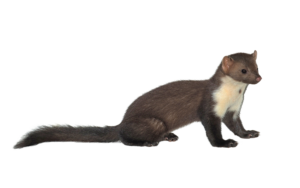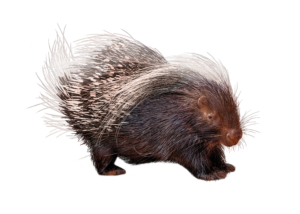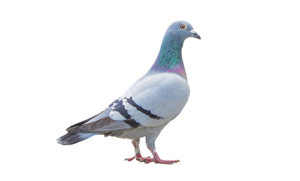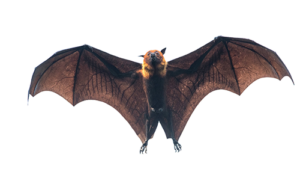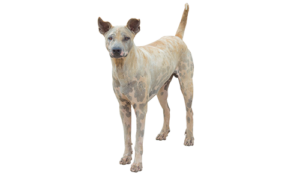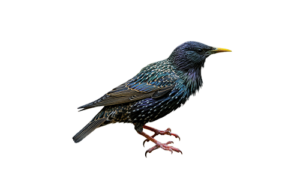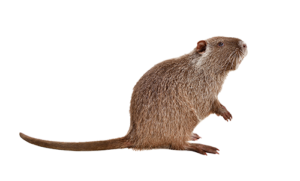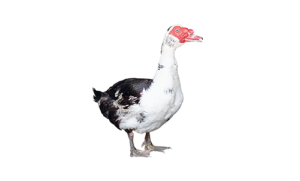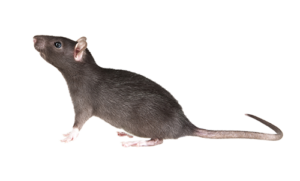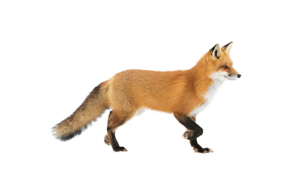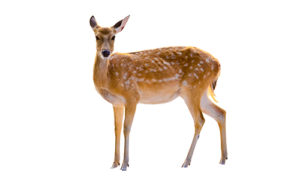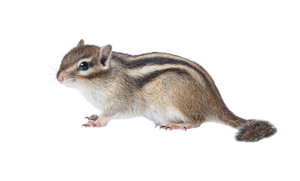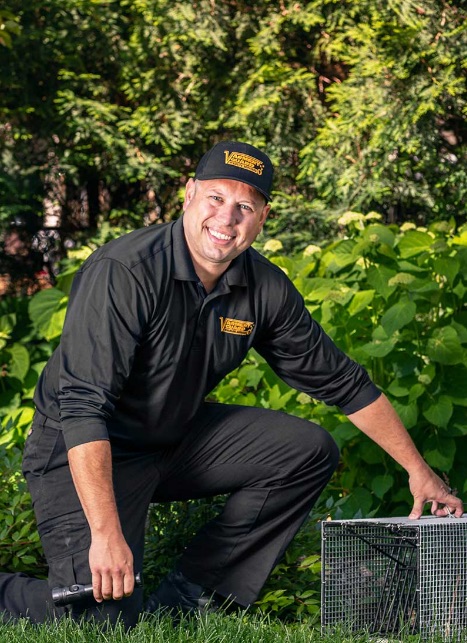Coyotes may look like your average house dog, but these carnivorous wild canines can cause not only a nuisance to your neighborhood but also pose a threat to you and your pets.
Coyotes are primarily located in North America. They are smaller than the average wolf, but bigger than foxes.
Coyote Overview: How to spot a coyote
Many people mistake coyotes for wolves, but the two animals have some very distinct features.
Coyote Features
Coyotes have narrow snouts with petite nose pads. However, coyotes will sport large ears – especially considering their head size!
Do you know what a German Shepherd looks like? Coyotes look like a smaller version of the canine but stand only about 25 inches tall.
Coyotes have pointed, narrow faces, pointed ears, are smaller than wolves, weigh around 15-50 pounds, and are often gray or reddish-brown.
Coyotes have a higher-pitched voice with shorter howls. Coyotes break up their howls with yips and barks.
Coyote Tracks and Droppings
Coyote tracks will have crisp edges, especially during warmer summer months. The top part of the footpad will have a narrow lobe or the part of the pad that extends up towards the nails.
The hind feet will have a distinctly different impression than the front feet. While similar to their human-friendly counterparts, coyote paw prints are more oval than domestic dogs, with bigger front feet than back feet.
Coyote droppings are often dark and soft, and contain the bones and fur of their prey. Coyotes’ diets mainly consist of small animals and livestock, but are also known to be fond of fruit and berries.
If you see coyote scat, make sure that your pet stays far away: their droppings can contain fleas, fluke works, heart and tapeworms, mites, and can even spread parvo and distemper.
Coyotes are unique with their droppings in that they use them to mark their territory. This communicates to other coyotes that a group of coyotes has taken up residence in the area.
Have you seen a coyote in your yard?
If you’ve seen a coyote in your yard or neighborhood, contact us today! We trap and remove all types of wildlife and critters.
What do Coyotes like to eat?
Coyotes are opportunistic scavengers and will eat livestock, wild and domestic animals, small nuisance critters, and everything in between.
Coyotes will eat goats, fawns, sheep, chickens, young calves, rabbits, squirrels, rats, cats, and even dogs. If a coyote feels that you or your pet pose a threat or risk, they will occasionally kill more than the family unit can consume, especially concerning poultry.
Coyotes also like to eat their veggies and fruit. They will break into poorly fenced gardens in search of fruits, vegetables, nuts, and more.
Coyotes will even knock over trash bins in search of an easy meal – they are especially fond of pet food! Do not leave out dog or cat food, especially if you live in an area that coyotes have been spotted.
Do not feed coyotes – while they typically avoid humans, coyotes can be lured into eating human or pet food.
Do Coyotes have diseases?
Do not attempt to handle or approach a coyote on your own.
Coyotes can carry diseases that can spread to humans and pets alike, such as rabies, hepatitis, distemper, mange, and tularemia.
Your pets are especially susceptible to canine distemper, ticks, parasites, fleas, mange, and canine hepatitis, which are all contractable from coyotes.
Rabies, for example, is spread through scratches and bites. These types of illnesses will progress quickly, and pets and humans who become infected could experience:
- Anxiety
- Hallucinations
- Flu-like symptoms
- Tremors
- Paralysis that begins at the infection-site and spreads
- Uncontrollable saliva
If you are bitten or scratched by a coyote, seek medical attention immediately. Do not wait for symptoms to arise. Then, contact us quickly so that we can safely trap and remove the coyotes from your area.
Coyote’s natural habitat
Coyotes have become more prevalent in recent years as wolf populations have declined.
Coyotes will take up residence in every type of region and climate, including densely populated suburban areas and more remote urban regions. Coyotes have even been spotted in downtown Los Angeles!
Coyotes do not live in large packs, but they do like to stick together with their families – especially during the breeding season.
Primarily due to the decline of wolf populations, coyotes have become an essential part of the North American ecosystem. An opportunist predator, coyotes help to control animal populations that would otherwise become invasible (such as mice and rabbits.)
How to limit coyotes in your area
While there are no repellents or deterrents that will effectively keep coyotes off of your property, there are steps you can take to reduce the temptation for coyotes to come onto the premises.
The first line of defense against coyotes is often a robust and sturdy fence.
While electric fences are the most effective in keeping coyotes out of your property, a robust and sturdy wood fence that they cannot dig under, scale, or go through gaps will help in deterring coyotes.
Close off crawl spaces, access to under decks and porches, and keep sheds secured to prevent coyotes from breaking in and attempting to raise their young in your yard.
Limit the temptation of coyotes and other pests by securing your garbage cans with tight-fitting lids that cannot easily be knocked off.
If you spot coyotes in your area, do not allow small children to play outside unattended. Coyotes are active during both daytime and nighttime and will attack domestic pets, livestock, and humans alike if they feel threatened.
If you find evidence of coyotes in your yard, contact us immediately. Wildlife specialists a uniquely trained to humanely and safely remove coyotes from homes and neighborhoods.
Will a coyote come into my home?
Coyotes will come into your home – especially cabins or unoccupied sheds, garages, or winter/summer homes.
Coyotes often get in through windows, open doors, pet flaps, or torn screens.
The wild canines will panic once they are inside, and often cause significant damage inside. Coyotes will often panic when they cannot find an easy exit, and destroy anything in their attempt to break back out.
If a coyote has become trapped in your home, do not attempt to remove it on your own! Contact us immediately, as we have the tools and experience to safely and humanely remove them from the premises.
What is the best way to get rid of coyotes?
The most humane and effective way of removing coyotes from your property is to contact a wildlife pest and removal company.
Do not attempt to trap and remove a coyote on your own, as they can carry potentially fatal diseases to you and your pets.
Our professionals train to safely remove coyotes and possess the tools, knowledge, and expertise to trap and relocate coyotes humanely.

